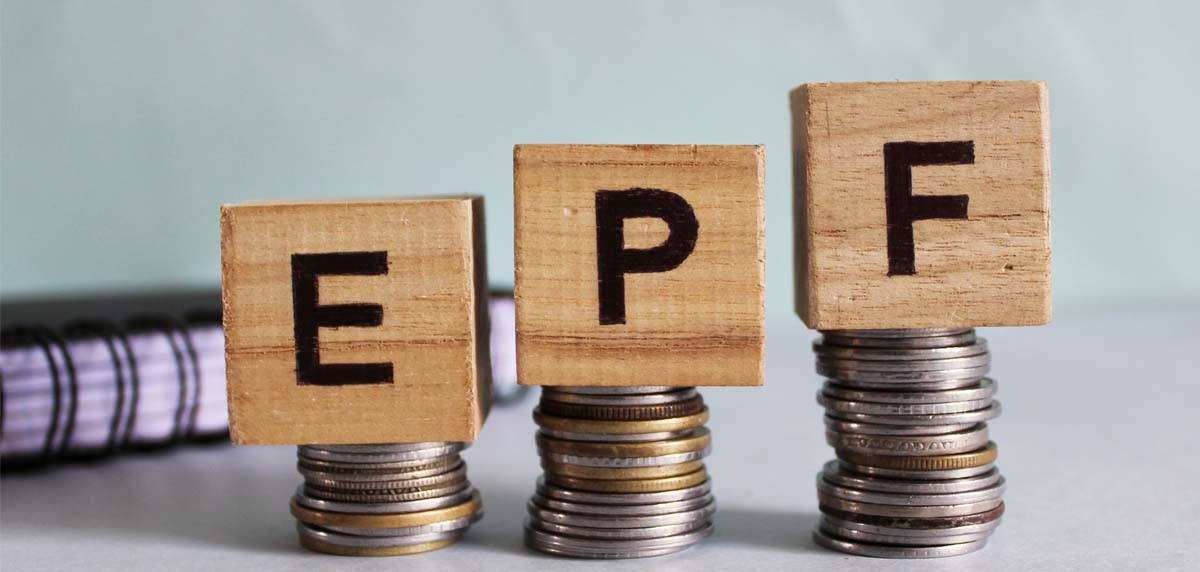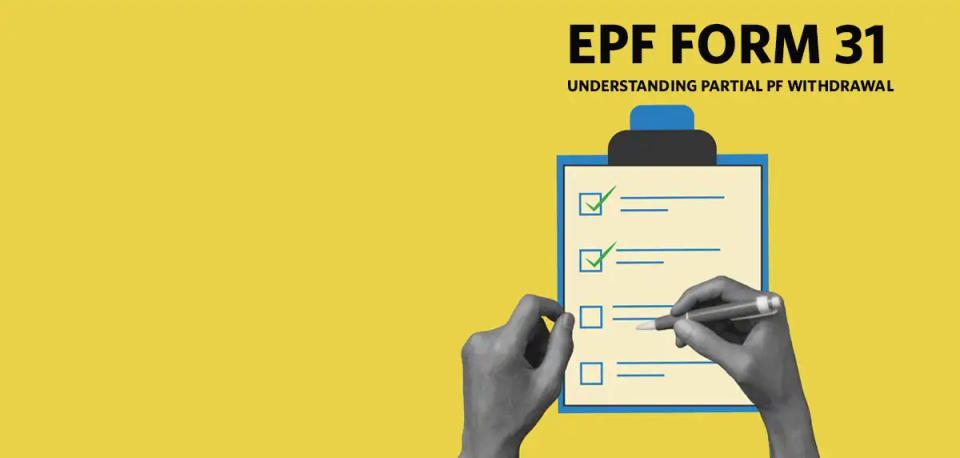Employee Provident Fund (EPF) serves as a key financial safety net for salaried employees, providing retirement savings and financial security. Understanding the process, rules, and timelines for withdrawing Provident Fund (PF) is essential for employees who have resigned or left their jobs.
Here’s a comprehensive guide on how to withdraw PF and EPF seamlessly.
What is Provident Fund (PF) Withdrawal?
PF withdrawal refers to the process by which employees access their accumulated Provident Fund savings. They may do so after resigning, retiring, or under specific conditions. This fund comprises contributions from both the employee and employer, along with interest accrued over time. Withdrawals can be complete or partial, depending on eligibility and circumstances.
Eligibility Criteria for PF Withdrawal
Employees can withdraw their PF if they meet the following criteria:
1. Resignation from the job.
2. Retirement at 58 years or older.
3. Unemployment for more than two months.
4. Special circumstances such as marriage, education, or medical emergencies, permitting partial withdrawals.
The claim status of EPF can be tracked once a withdrawal application is submitted.
When Can You Withdraw from PF After Leaving Your Job?
An employee can withdraw PF funds only after two months of unemployment, unless they join a new organisation. In such cases, the PF account can be transferred to the new employer. The PF claim status can be monitored online during the process.
Understanding PF and EPS Withdrawal Rules
PF and Employees’ Pension Scheme (EPS) withdrawals are governed by specific rules:
Before 10 Years of Service
- Employees can withdraw the entire PF corpus, including employer and employee contributions, plus interest.
- For EPS, only the employee's contribution is payable.
After 10 Years of Service
- The entire PF corpus is withdrawable.
- For EPS, the employee can opt for a scheme certificate or monthly pension benefits upon reaching retirement age.
Between Age 50–58
- Employees can apply for reduced pension benefits under EPS while withdrawing the PF corpus.
After 58 Years of Age
- Employees can withdraw the full PF and EPS amount as they are considered retired.
Partial Withdrawal Rules
Partial withdrawals are allowed under specific circumstances, such as:
1. Marriage or education:
Up to 50% of the employee's share after seven years of service.
2. Medical emergencies:
Up to six times the basic salary or the total employee share, whichever is lower.
3. Home construction or purchase:
Up to 90% of the accumulated amount after five years of service.
Partial withdrawals are subject to strict PF rules for withdrawal and require valid documentation.
Procedure to Withdraw PF and EPF Online
The UAN (Universal Account Number) portal simplifies the withdrawal process. Here’s how you can withdraw EPF online:
Step-by-Step Guide to Use the UAN Portal
1. Log in to the UAN portal with your credentials.
2. Verify that your Aadhaar, PAN, and bank details are linked and approved.
3. Go to the “Online Services” section and select “Claim (Form-31, 19 & 10C).”
4. Enter the last four digits of your bank account and verify.
5. Choose the claim type (PF, EPS, or partial withdrawal).
6. Submit the application and track the PF claim status online.
Document Requirements to Withdraw PF and EPF
To withdraw EPF, you’ll need:
- UAN linked with Aadhaar and PAN.
- Bank account details linked with UAN.
- Form 19 for PF withdrawal.
- Form 10C for pension withdrawal.
- Supporting documents for partial withdrawal claims.
How to Update Exit Date on UAN Portal
Updating the exit date is essential for initiating a withdrawal claim. Follow these steps:
1. Log in to the UAN portal.
2. Navigate to the “Manage” tab and select “Mark Exit.”
3. Enter your last working day and reason for exit.
4. Save and submit the details.
Taxation on PF Withdrawal
PF withdrawals within five years of continuous service are taxable. The withdrawn amount is added to the employee's income and taxed per the applicable slab. However, withdrawals after five years are tax-free.
Impact on Future EPF Contributions
Once the PF is withdrawn, the EPF account becomes inactive. For new employment, a fresh account under the same UAN is created. Early withdrawals impact long-term savings and investment plans tied to retirement.
Timeframe for Processing PF Withdrawals
The EPFO typically processes withdrawal claims within 10–20 working days. Employees can monitor the claim status of EPF online via the UAN portal.
Challenges in PF Withdrawal and How to Resolve Them
Common issues include:
1. Incorrect UAN or KYC details.
2. Employer not updating the exit date.
3. Delayed approval by the EPFO.
Solutions include contacting the employer, ensuring KYC details are updated, and seeking assistance from EPFO grievance redressal forums.
Tips for Hassle-Free PF Withdrawal
1. Ensure that your UAN is activated, and your KYC is complete.
2. Keep your exit date updated.
3. Submit accurate and complete documents.
4. Track your PF claim status regularly.
Withdrawing your PF and EPF after leaving a job requires adherence to specific rules and timely actions. By understanding the eligibility, rules, and process, employees can ensure a smooth withdrawal experience, safeguarding their financial stability.
Knowing that you have a corpus, such as a PF, to rely on after retirement is a comforting thought. However, to secure the future of your family in your absence, you also need additions, such as life insurance, in your portfolio. The right life insurance plan is the one fulfilling your expectations realistically without you having to burn a hole in your pockets.
FAQs
1. How can I withdraw my PF amount online after leaving my job?
Use the UAN portal to submit your claim. Ensure all details are updated.
2. Which employees are not eligible for PF?
Employees earning less than ₹15,000 per month in specific sectors may not qualify for mandatory PF contributions.
3. Is there any age restriction in order to become a member of the EPF?
No, there is no age restriction for EPF membership.
4. Is PF withdrawal mandatory after leaving a job?
No, PF withdrawal is not mandatory and can remain active for future employment.
5. Is it possible for an apprentice to become an EPF member?
Apprentices under certain government training schemes are exempt from EPF membership.
6. How long does it take to process PF withdrawals?
The EPFO processes withdrawals within 10–20 working days.
7. What happens if PF is not withdrawn after resignation?
The account continues to earn interest for up to three years of inactivity.
8. Are there any actions taken if the employer does not make PF contributions?
Employees can file complaints with the EPFO to address non-contributions.
9. Can you withdraw PF without resigning?
Partial withdrawals are allowed under specific conditions, such as emergencies or housing needs.





















